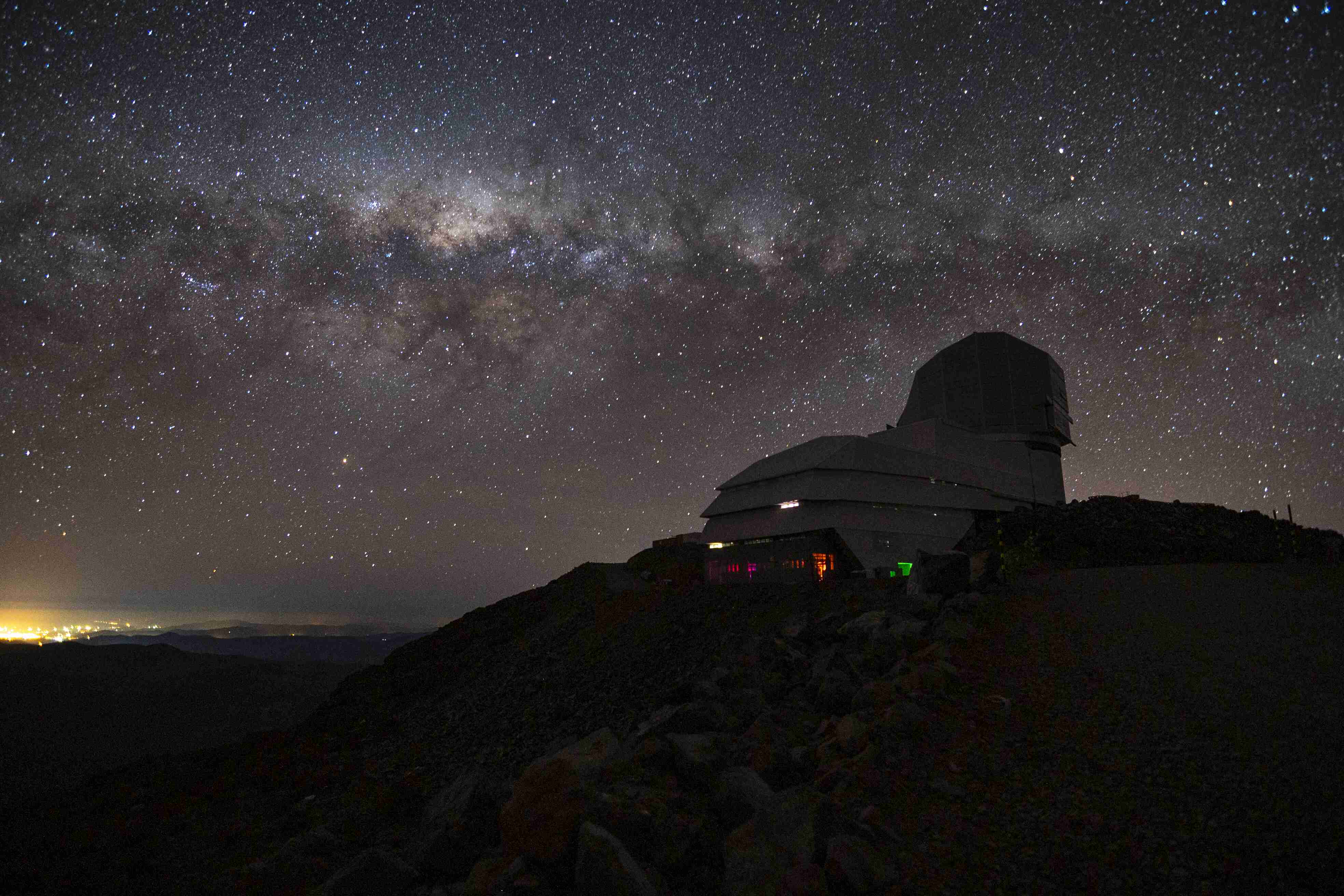
Rubin Observatory Operations Documentation¶
Important
This documentation area is under heavy development and only in the very early stages of design. It should not be used nor consulted for a place of information at this time.
Observatory Operations consists of multiple levels of interactions and procedures occurring simultaneously in many places and timezones. This section of documentation focuses on the resources needed for observers, commissioning personnel, and support staff to facilitate night-time operations.
The scope of this area of documentation is to provide a centralized, version controlled space where resources are either located, or linked appropriately. The content is provided as reference only. All aspects of the project that go through strict change control (e.g. mirror procedures) should only be linked to these pages.
Safety: Quick Reference for Nighttime Personnel¶
Warning
Safety of personnel first and equipment second is the utmost priority of Rubin Observatory. The safety information here is meant to serve as a quick look for nighttime support staff in case of an emergency on the summit. It does not replace the required safety training to be on the summit at night.

Medical Emergency, Earthquake, Fire?
Need to phone from the summit?
Emergency (Paramedics, Main Gate, Mountain Assistant) and other non-emergency numbers (Casino, Hotel).
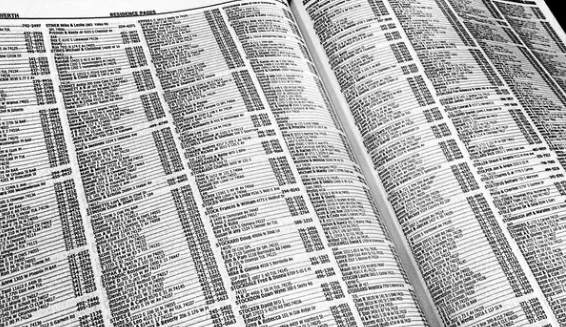
Who and how to call if there’s an issue out of hours.
Out of hours support call list and resources for help.

All about the observatory safety systems: LOTO, e-stop and GIS.
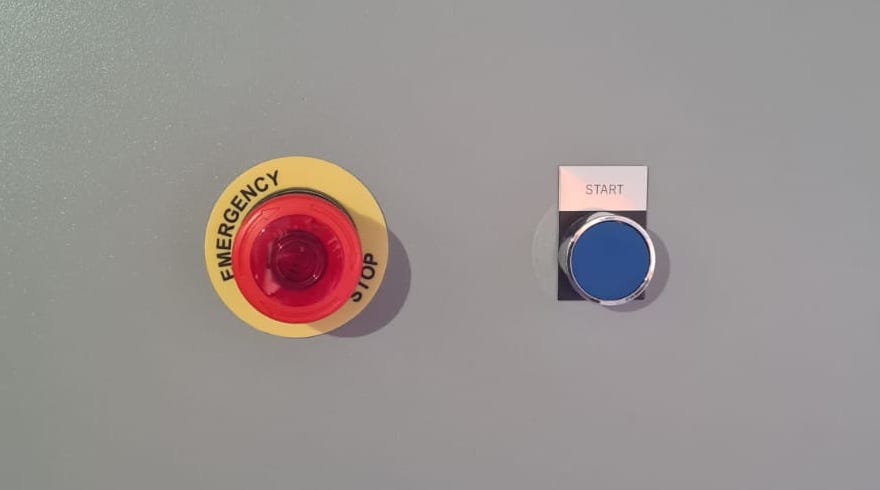
Safety guidelines to enter AuxTel, Simonyi telescopes and other buildings.
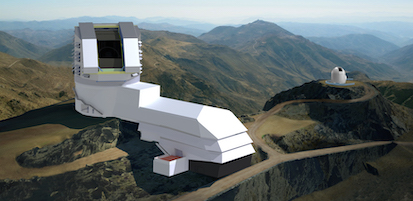
Telescope Operations¶
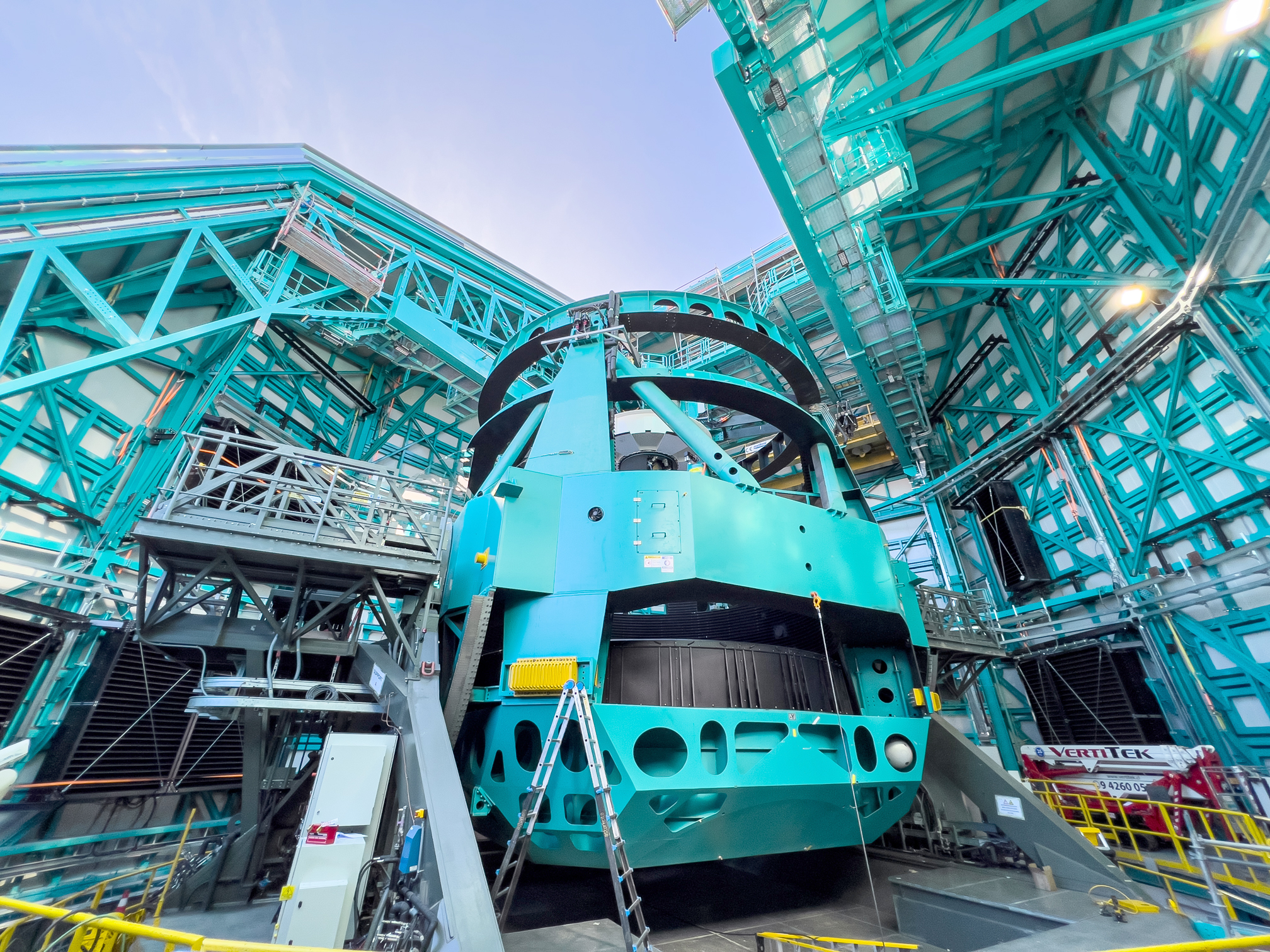
Simonyi Operations - Standard, Troubleshooting and non-standard procedures.
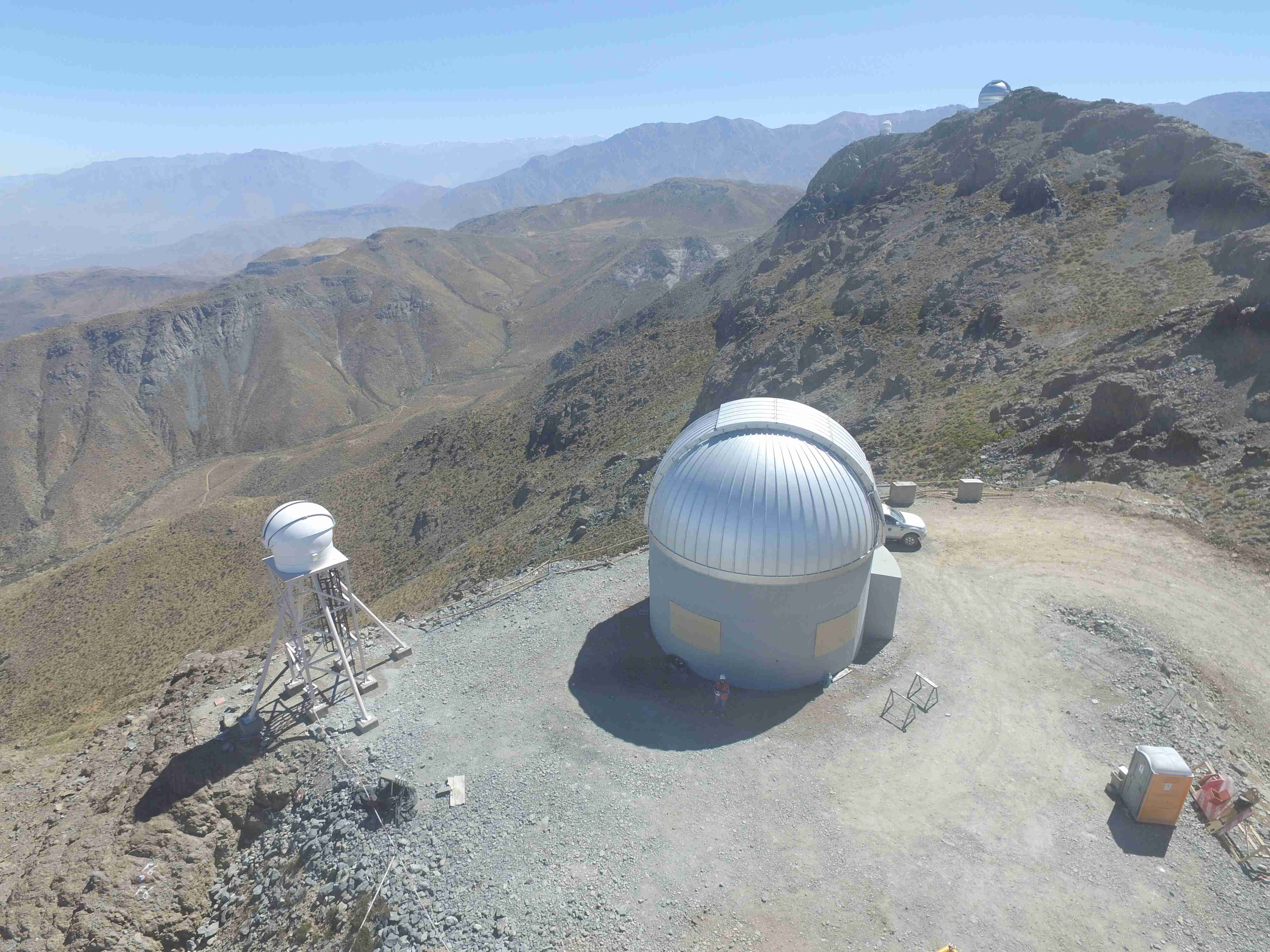
Auxiliary Telescope Operations - Standard, Troubleshooting and non-standard procedures.
Observing¶
Operational constraints due to weather.
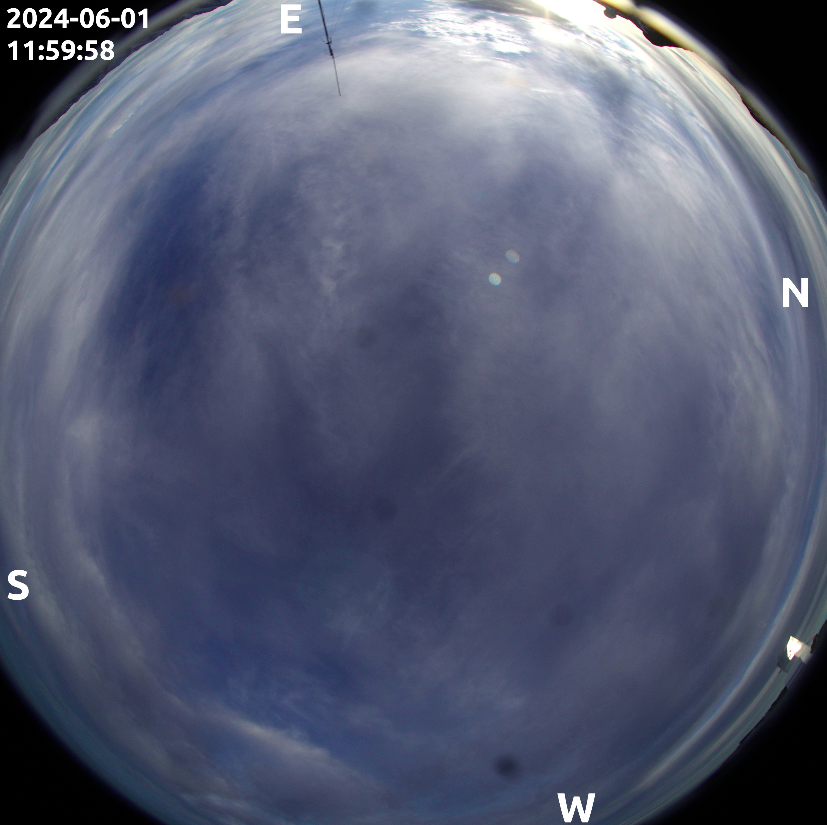

CCS, EAS, Scheduler, LOVE and other tools that monitor, control and visualizes the observatory operations as a whole.
Documenting events and work completed, and communications between day and night crews.
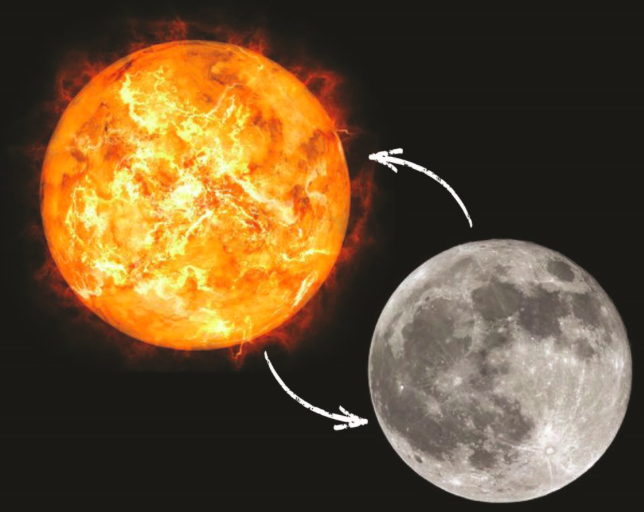
Getting Started¶
How to access and setup the interfaces for interacting with the observatory systems, notably LOVE, Nublado and EFD interfaces.
How to setup and contribute to this observatory operations documentation.